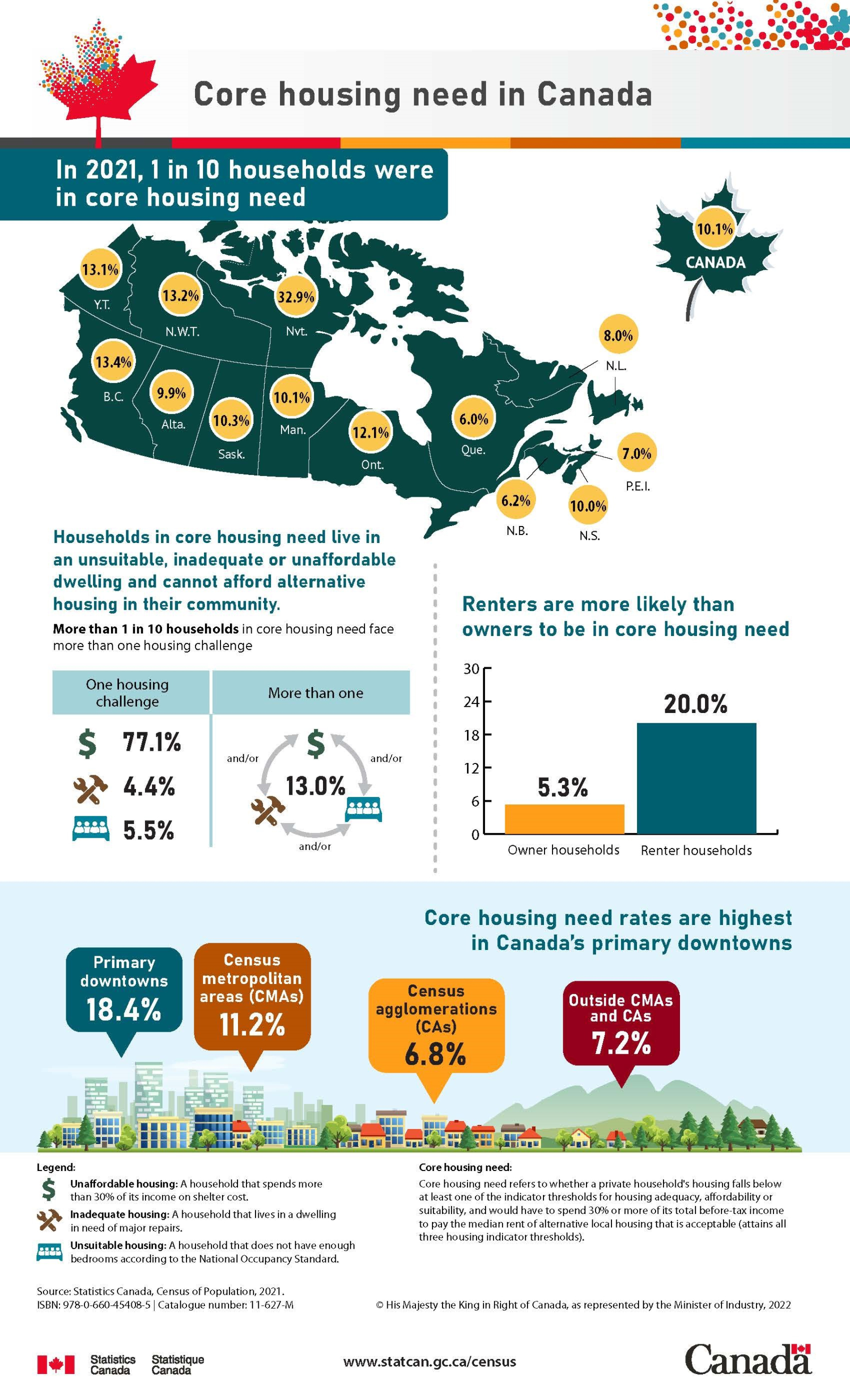Articles Menu

Jan. 2, 2024
In recent years, the "progressive YIMBY” (Yes, in my backyard) movement has embraced the idea that a surge in market-housing supply will magically lead to affordability.
However, all housing supply is not created equal. Despite a construction boom building thousands of new market units of multi-family supply, affordable housing remains elusive for over a third of British Columbians. The economic theory is not producing the promised housing affordability.
As the modelling and analysis that Housing Minister Ravi Kahlon used to justify the BC NDP’s mass upzoning of single-family, middle-class neighbourhoods shows it will produce less than half the supply needed to meet the demand.
The Canada Mortgage and Housing Corporation estimates for B.C. to get housing affordability back to what we experienced in the early 2000s, we need to build 610,000 units more than would have been constructed.
Tom Davidoff, one of the report’s authors, is cautious in his predictions of both the affordability achieved by the upzoning and the immediacy of the changes. The BC NDP’s approach is not an urgent solution to a housing affordability crisis but rather a short-term communication exercise, increasing the wealth of homeowners and hopes of renters leading into a provincial election.
We have an urgent housing affordability crisis and this is evidence of how inefficient it is to wait for the private sector to deliver housing affordability.
The housing crisis is more localized for those experiencing core housing need. The core housing needs are the people in our communities whose housing is insecure, inadequate or unaffordable. In B.C., nearly 15 per cent of the population is paying more than 30 to 50 per cent of their annual income on housing. This is the most critical intervention point for the provincial government.
A 2021 Statistics Canada report shows the core housing need in Canada is 10.1 per cent, ranging from Quebec at six per cent to Nunavut at 32.9 per cent. B.C. is second worst at 13.4 per cent, followed closely by Northwest Territories (13.2 per cent) and Yukon (13.1 per cent). The next closest province is Ontario, at 12.1 per cent.

The core housing need is far more likely to impact renters than homeowners. Twenty per cent of renters are in core housing need, while homeowners are only 5.3 per cent. As I argued in debate on Bill 44, it has potentially dramatic long-term socio-economic consequences.
Not in my backyard conveniently takes the heat off the role the private sector is playing in increasing housing prices. Demonizing . local governments is an oversimplification, writes @AdamPOlsen #bcpoli #vanpoli #cdnpoli #affordablehousing - Twitter
A Statistics Canada report published on Nov. 20, 2023, shows unsurprisingly the dramatic intergenerational advantage the adult children of homeowners born in the 1990s have over their peers whose parents weren’t homeowners.
Additionally concerning is the findings that “adult children of multiple property owners were nearly three times more likely to be homeowners in 2021 than those whose parents were non-homeowners,” and B.C. has the lowest rate of homeownership of people born in the 1990s in the country.
The new legislative changes in B.C. unilaterally turned single property owners into multiple property owners. The modelling and analysis reports “we expect any windfall gains from rezoning to accrue primarily to incumbent property owners, which can exacerbate inequalities in wealth without the landowner providing a social benefit.”
The housing minister showed little concern about this during the debate.
The private sector development industry has produced an all-supply-is-good-supply narrative that allows it to continue building high-value market products under the guise of diligently solving affordability.
Before the 1990s, Canada and B.C. actively built non-market, non-profit, co-ops and social housing. The deliberate shift of responsibility to the private sector elevated the priority of profitability and wealth creation over ensuring housing affordability. The expectation that a sufficient supply of affordable housing would emerge despite the private sector's pursuit of profit oversimplified the complex dynamics of supply and demand.
Recently, blame has been directed at local governments for inefficiencies in approvals and resident opposition (Not in my backyard/NIMBYs), conveniently taking the heat off the role the private sector is playing in increasing housing prices. Demonizing local governments is convenient but again an oversimplification.
In my experience, local elected officials recognize the urgency and are working to create solutions to increase affordability in the private sector market. They have limited tools and intervention points in the upzoning and subdivision process.
The housing affordability crisis in B.C. is stark, with over 100,000 households in extreme core housing need. This vulnerable population spends more than half their income on housing, living in constant fear of homelessness.
The BC NDP focus on profit-driven private sector solutions exacerbates the situation — inflation, interest rates, and ballooning construction costs — drives market prices further out of reach.
As homelessness rises, there are socio-economic consequences of relying on the profit-oriented, private sector housing market to deliver affordable housing. In affluent communities like Salt Spring, the unhoused and housing insecure population grows — people on couches, in vehicles and in encampments — while mansions are built and sit empty most of the year.
Urgently providing adequate and secure housing at a price people can afford stabilizes our communities. When people who cannot afford the market price of housing are no longer lining up for those houses, the vacancy rate stabilizes, relieving pressure across the housing continuum.
Critically, the housing minister's approach to reform through mass upzoning is flawed. For one, treating all supply as equal is a community planning disaster. For two, the BC NDP didn’t require any of the new supply created by Bill 44 to have any housing affordability measures. Minister Kahlon ensured the housing he was “legalizing” would be built by the private sector where and when there is profitability, not affordability.
In the short term, the BC NDP should prioritize aggressively addressing the core housing need. A strategic, data-driven effort to build non-market affordable housing options across multiple communities is imperative. This focus should continue until only those who can afford the private sector housing market remain in that segment.
The private sector development industry plays an important role in providing market housing to British Columbians. But not all British Columbians. They have failed to address the core housing need. They have a choice — collaborate to address mass housing insecurity or continue business as usual.
NIMBYs and YIMBYs must unite for this crucial cause. However, we must move beyond the oversimplified belief that all supply is the same. Housing Minister Kahlon's time would be better spent on the real problem at hand — urgently addressing the core housing need — rather than perpetuating an escalating crisis.
Adam Olsen (SȾHENEP) is the member of the legislative assembly for Saanich North and the Islands and member of the BC Green caucus. He was first elected in May 2017 and re-elected in October 2020.
[Top: We have an urgent housing crisis and this is evidence of how inefficient it is to wait for the private sector to deliver housing affordability. Photo by Kindel Media/Pexels]